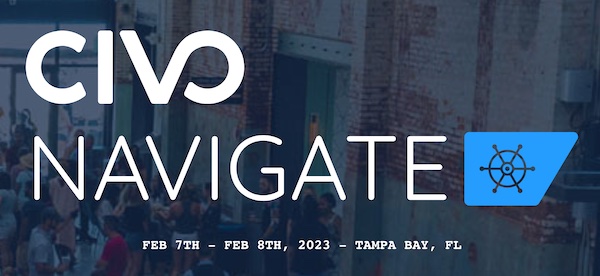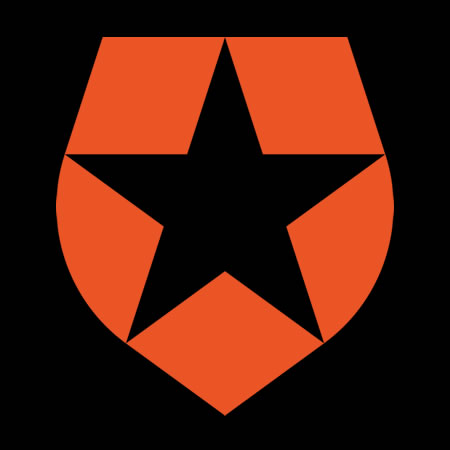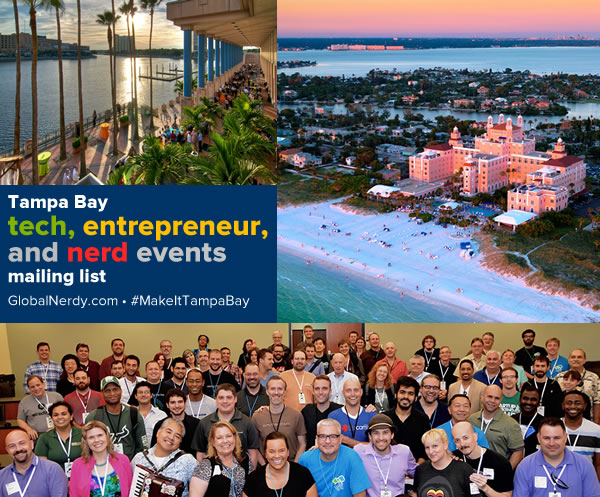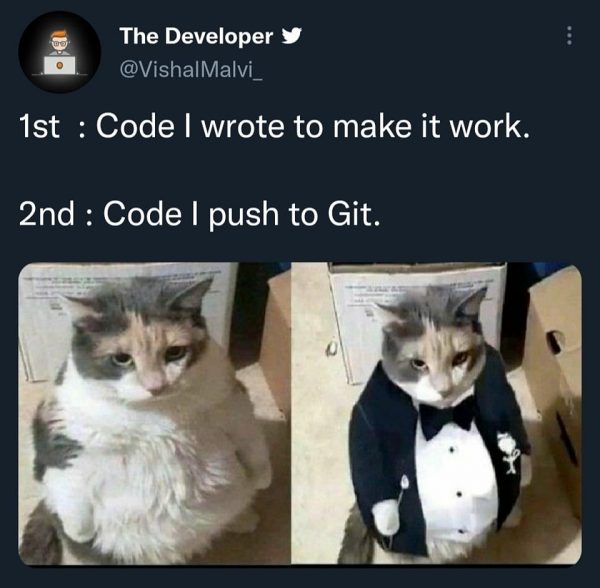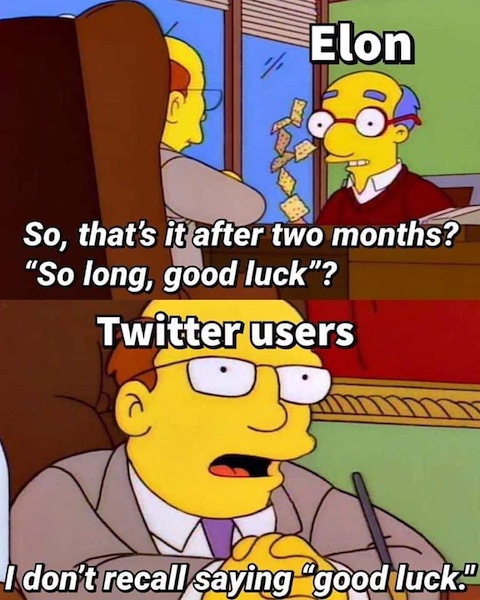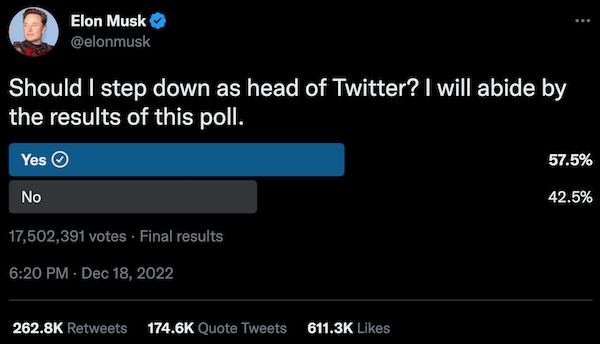Civo Navigate is an in-person conference taking place on Tuesday, February 8 and Wednesday, February 9 in Tampa at Armature Works, and here are some reasons why you should attend…plus a way to attend for 50% off!
Reason 1: The organizers — Civo
I’m reviewing cloud hosting options for backends for my mobile apps as well as some web apps I plan to build, and Civo’s pricing chart makes them look like a pretty good option right now. This conference is a good option to find out more about Civo.
Reason 2: The sessions
Being a “cloud native” technology company, the topics covered in their schedule are interesting:
- Kubernetes
- Machine learning
- Edge computing
- Security
- DevOps
Machine learning, edge computing, and security are definitely up my alley, and I really need to find out more about Kubernetes — usually, I just say “That’s DevOps’ problem,” but it’s a topic that I really should get to know better.
Reason 3: Woz!
Woz — or if you insist on his “government name,” Steve Wozniak — is the keynote speaker, scheduled for Tuesday, February 7th at 8:50 a.m.! It’s always a delight to see him speak.
Reason 4: The venue — Armature Works
Many conference sessions take place in a space like this…

…but Civo Navigate is happening at Armature Works, a brick warehouse that used to house streetcars but is now home to a fantastic food hall and event space. Their sessions spaces look more like this:
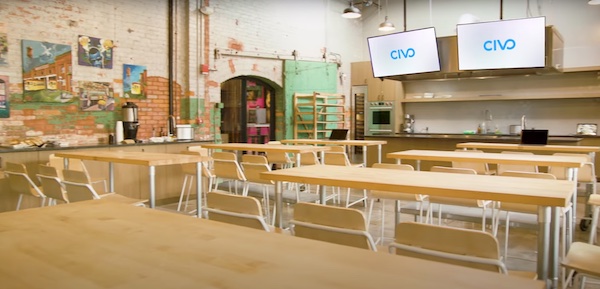
And when it comes to conference food, Civo Navigate can promise better than the usual. That’s because they provide meal vouchers that you can use in Armature Works’ Public Market, pictured below:

I’m going to hit Empamamas for lunch and Buddy Brew for coffee.
Reason 5: Showing up has its benefits

Half of success, the saying goes, is simply showing up. Events like Civo Navigate are not just where you might learn something new, but also where chance meetings and opportunities happen. Ask me sometime about the number of great things that have happened to me because I attended a conference.
And now, how to attend Civo Navigate for 50% off
The coupon code TAMPAMEETUP50 will get you 50% off the standard ticket price. There are a limited number of discounts that can be applied using this code, so if you want to go, register now!
